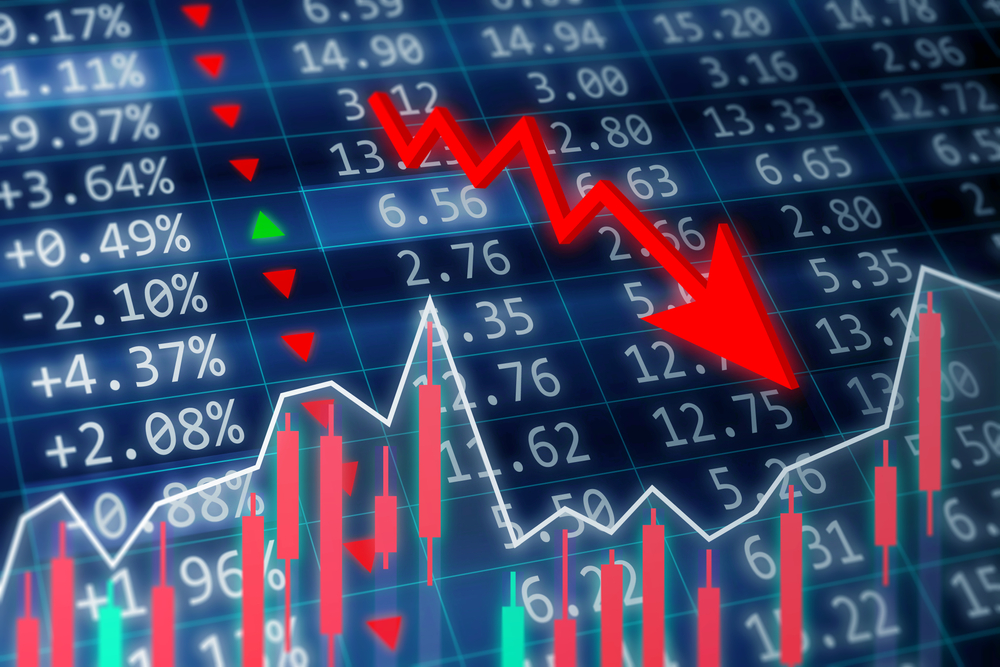
Over $1.93 trillion was erased from U.S. stocks, with the Nasdaq plummeting by more than 1,000 points. Investors, rattled by weak economic data and growing fears of a U.S. recession, fled riskier assets in droves, sending shockwaves across global financial markets.
Major indices suffered sharp declines early in the trading session. By 11:30 a.m. ET, the Dow Jones Industrial Average had tumbled 863.70 points, or 2.17%, to 38,873.56. The S&P 500 sank 129.55 points, or 2.42%, to 5,217.01, while the Nasdaq Composite took the heaviest hit, plunging 465.25 points, or 2.77%, to 16,310.92.
The selloff extended beyond U.S. borders. Japan’s Nikkei 225 recorded a 12.4% drop—its worst since the 1987 Black Monday crash—while South Korea’s Kospi shed 8.8%. European markets also suffered, with indices across the continent falling roughly 3%.
The bond market saw a flight to safety as Treasury yields dropped. The yield on the 2-year Treasury note fell to 3.81% from 3.88%, signaling heightened investor concern about the economic outlook.
Big Tech stocks were not spared from the carnage. Shares of tech giants such as Alphabet, Netflix, and Meta plunged between 2.5% and 4%. Nvidia, the AI chipmaker, nosedived over 8% following reports of delays in its latest chip launch due to design flaws. Meanwhile, Apple slid 4.6% after Berkshire Hathaway revealed it had trimmed its stake in the company.
Commodities also felt the pressure, with gold and oil prices dropping sharply. Gold fell more than 2%, with spot gold prices down 2.2% to $2,389.79 an ounce. Silver plunged 5.1% to $27.08. Crude oil prices continued their descent, with Brent futures dipping below $76 a barrel, hitting a new seven-month low.
As the markets continue to react to economic uncertainty, investors are bracing for further volatility. The coming weeks will be critical in determining whether this selloff is a temporary correction or the start of a more prolonged downturn.
For more detailed coverage, read the full story here.




